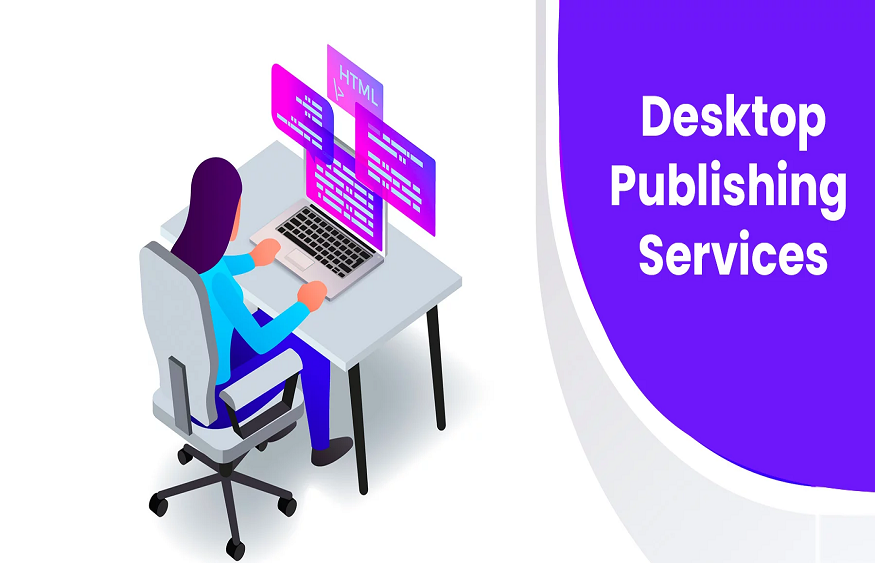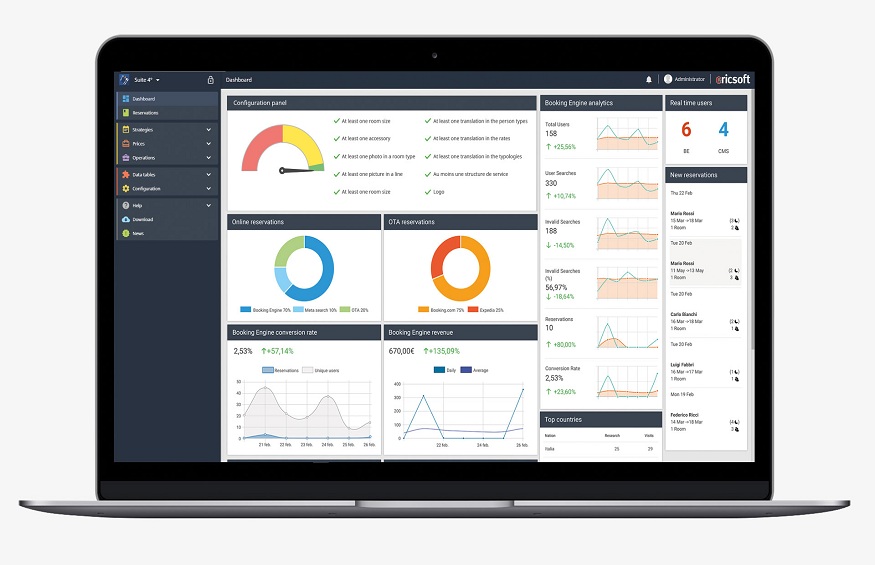Desktop publishing and great visual design make papers seem better, but desktop publishing is about more than simply aesthetics. When used correctly, it improves visual communication and speeds up the process of sharing information of all types. And that makes it ideal for magazines. It is also the procedure of file preparation that guarantees files print properly.
In this blog post, one will learn about Desktop Publishing and its importance too; along with this, one will figure out some important reasons why Desktop Publishing is crucial for magazines.
What Is Desktop Publishing?
Desktop publishing (DTP) creates printed information by connecting desktop computers to desktops and printers using specialized software. The quality is meant to be at least as good as beautifully designed printing in books. Desktop publishing may apply to any office or home system that allows creating a printable document.
Desktop publishing software allows individuals to change fonts and margins easily. At the same time, integrating graphs and drawings — this image-related function is significant in today’s more visual corporate environment. Desktop Publishing (DTP) software was initially designed to develop printed materials. Before DTP technologies, formatting printed texts was time-consuming.
With its introduction, print media design and production became significantly less expensive and simpler. Since then, the application of DTP has also grown into the digital design domain.
It currently includes anything from infographic design to website design.
The Perks of Desktop Publishing
Desktop publishing services software has become a highly effective program for generating and spreading information, enabling the combination of other varied jobs such as designs, graphics, layouts, and periodicals. Here are some of the benefits of using desktop publishing:
Optimize the Visual Appeal of the Project:
In some instances, cultural elements like the significance of color or a particular word choice may be offensive. DTP can assist in preventing and minimizing any mistakes that might occur during the project.
Font Selection:
When used for specific languages, certain typefaces either don’t handle certain characters, appear weird, or make the text hard to read. Regarding typefaces, different areas and readers of various languages frequently have their norms and preferences. These should constantly be kept in mind. Similar to how bold plus italics are either never used or entirely inappropriate in other languages.
Formatting:
Hebrew and Arabic are two examples of languages read left to right. You often need to do much more than turn the design over to modify your designs to account for this. Depending on regional conventions and preferences, certain design features often needed to be reflected while others did not. Different adaptations are needed for different languages and cultures. There are no gaps between words in Chinese and Japanese. It implies that line breaks may occur anywhere, even amid a sentence!
Reasons Why Desktop Publishing Services is Ideal for Magazines
Automatic Reorganization:
Many DTP software systems may be configured to rearrange additional components around a relocated frame automatically. One may also have text flow beneath a frame, preserve a specific distance from a panel boundary, or use an image placed uniquely within the same frame. This provides much control over how a text or page looks in the end. Magazines, in particular, profit greatly from using DTP technologies in their production. Because these tools make it simple to change a document’s spacing, colors, and contrast, its attractiveness may be updated or changed to suit the tastes of any particular audience.
Desktop Publishing is Reasonably Priced
Desktop publishing enables the efficient production of paper and digital or visually without the knowledge and costly equipment that was previously necessary. Desktop publishing is used by many people, including small company owners, freelancers, website proprietors, and club presidents. It is reasonably priced, making it an ideal choice for magazines. One can outsource magazine layout services available in the market that can help by providing the best services at a reasonable price and capable of the digital revolution that has recently wreaked havoc on print periodicals.
Create Columns, Frames, and Pages:
In contrast to other word processors, one may quickly build columns, frames, and pages. DTP is perfect for developing newspapers and magazines because the text will smoothly snake through one column to the next. For easy reading, different typefaces and even different pairings of characters require varying spacing. The best DTP software gives the individual control over kerning, allowing them to correctly align and alter bigger headers, headers, and other text components for impact and readability.
Capability To Handle Many More Graphical Features:
It is capable of handling many more graphical features than a word processor. Word processing software is undeniably useful. However, Desktop Publishing software has largely replaced it in practically every job, including fonts, images, layout, and graphics. The bigger the number of pieces in work, the greater the benefits of utilizing DTP software beyond a word processor. Projects with a large quantity of graphics and images will benefit the most.
Enhancing Appearance Through Effective Page Layouts:
The process of positioning (and repositioning) visuals and text on a page is called page layout. Any desktop publishing effort must start with a functional page layout. The “test” of a successful layout ultimately comes down to whether or not viewers are reading the material and then doing the intended action, like purchasing the goods and services.
Conclusion
Although desktop publishing isn’t new, the increasing availability of free DTP tools is. Documents seem better, thanks to desktop publishing and good visual design, but desktop publishing is about more than simple presentation. When used effectively, desktop publishing improves visual communication and speeds up the distribution of all types of information. Additionally, the file preparation technique guarantees accurate file printing and prompt communication.





